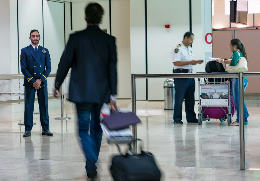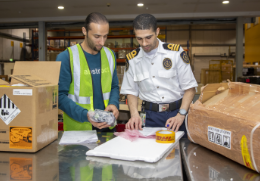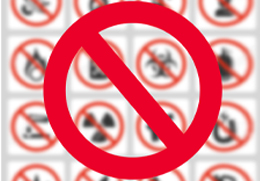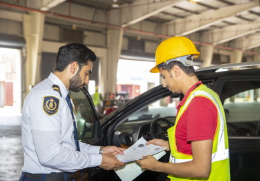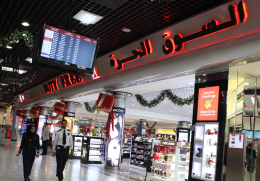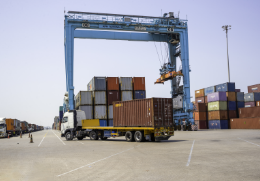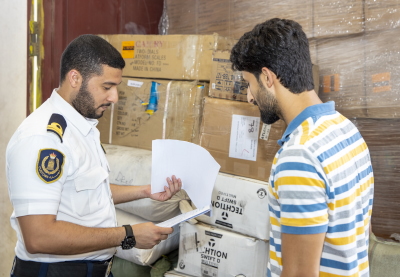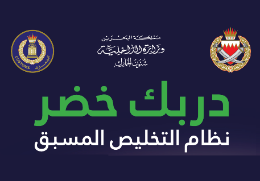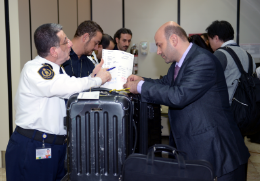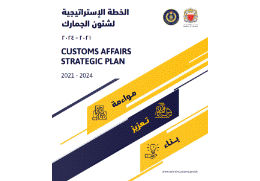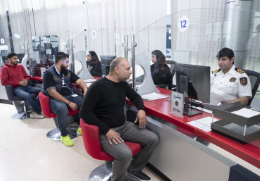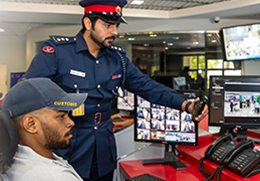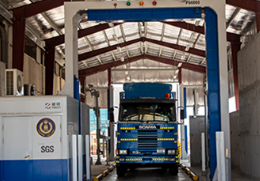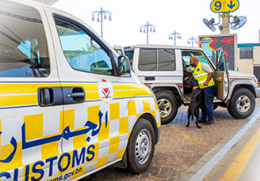Transit Good
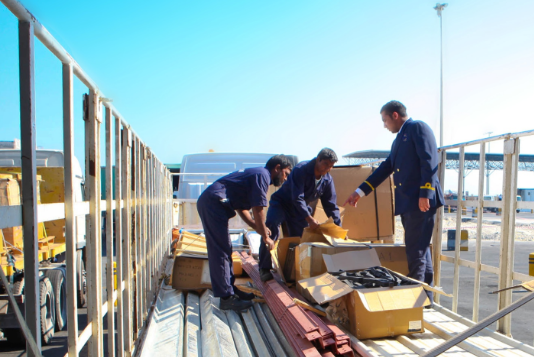
Subject to the conventions regulating transit of goods
Controls and conditions to be met in the modes of transport used for transit:
- Motor vehicles shall be duly licensed under a valid traffic license.
- Lead and customs seal shall be easily affixed thereon.
- A partition shall be installed between driver’s cabin and the goods compartment, to ensure proper placement of packing and canvas under procedures of this policy.
- No goods can be taken out or placed in the part of the motor vehicle on which the lead or customs seal is affixed without breaking or leaving obvious tampering traces.
- The motor vehicle shall not contain hidden compartments wherein goods can be concealed.
- The floor and sides of the load compartment shall be firmly secured to the chassis in such a manner that it can be separated only from inside. In addition, metal rings shall be welded on the sides.
- Open modes or transport shall be covered with canvas firmly secured by ropes, wrapped from outside with a wire that allows affixing of the lead or the customs seal in a way that prevents access to the goods.
Modes of transport to be fitted with canvas that the following conditions:
- Canvas shall be intact and made of strong fabric, plastic coated fabric or reinforced rubber, consisting of single piece.
- Canvas shall cover the whole load and roll down the sides of the load compartment being wrapped.
- Canvas shall be fitted with metal rings secured into the fabric on its length at equal distances to prevent leakage of the goods.
Roping (lead rope) shall meet the following conditions:
- Rope shall consist of a single piece ending with a metal piece on both sides. The metal piece shall be hollowed to accommodate the customs seal.
- Rope shall be of a length that allows its ends to be combined after passing through all canvas rings, as well as compartment hooks.
- Rope to be firmly secured to prevent access to any part of the load compartment or the load itself without cutting or damaging it.
The load compartment/ container shall meet the following conditions:
- Constituent components (sides, covers, top, columns, partitions) shall be impossible to remove or replace from outside without leaving obvious traces.
- The doors and closing/ locking systems shall be designed in such a way that would easily allow affixing of the customs seal/ lead thereon.
- The closing/ locking system shall be impossible to remove or replace from outside.
- The door shall be designed in such a way that it cannot be opened without removing of the customs seal/ lead.
- Ventilation ducts (louvers) shall be designed in such a way that they cannot be opened from outside, and goods cannot be taken out through them.
Documents to be attached with the unified customs declaration:
- Bill of Lading (for air or sea transport).)
- The invoice, if any.
Procedures:
- The customs declaration shall be electronically completed by the freight agent or the authorized customs broker.
- Presentation of a financial security or bank guarantee in an amount equivalent to the amount of customs taxes/ duties applicable to the goods, as well as payment of the other applicable charges.
- All documents and documents required shall be submitted to the customs office.
- The goods shall be subject to inspection and examination based on risk assessment criteria. Sealing and printing of the customs declaration shall be completed according to the automated clearance system applicable at the customs office.
- Issuance of the exit order and release of the goods.

